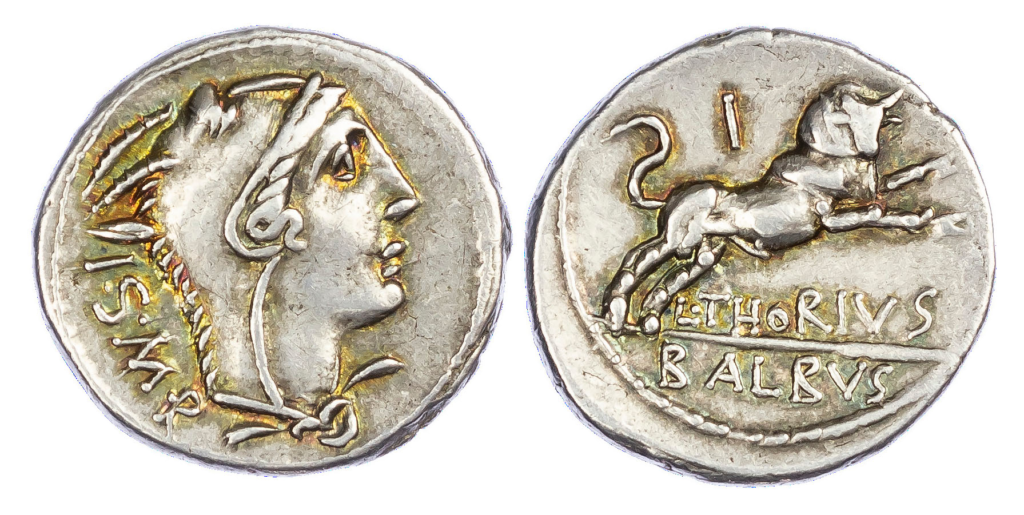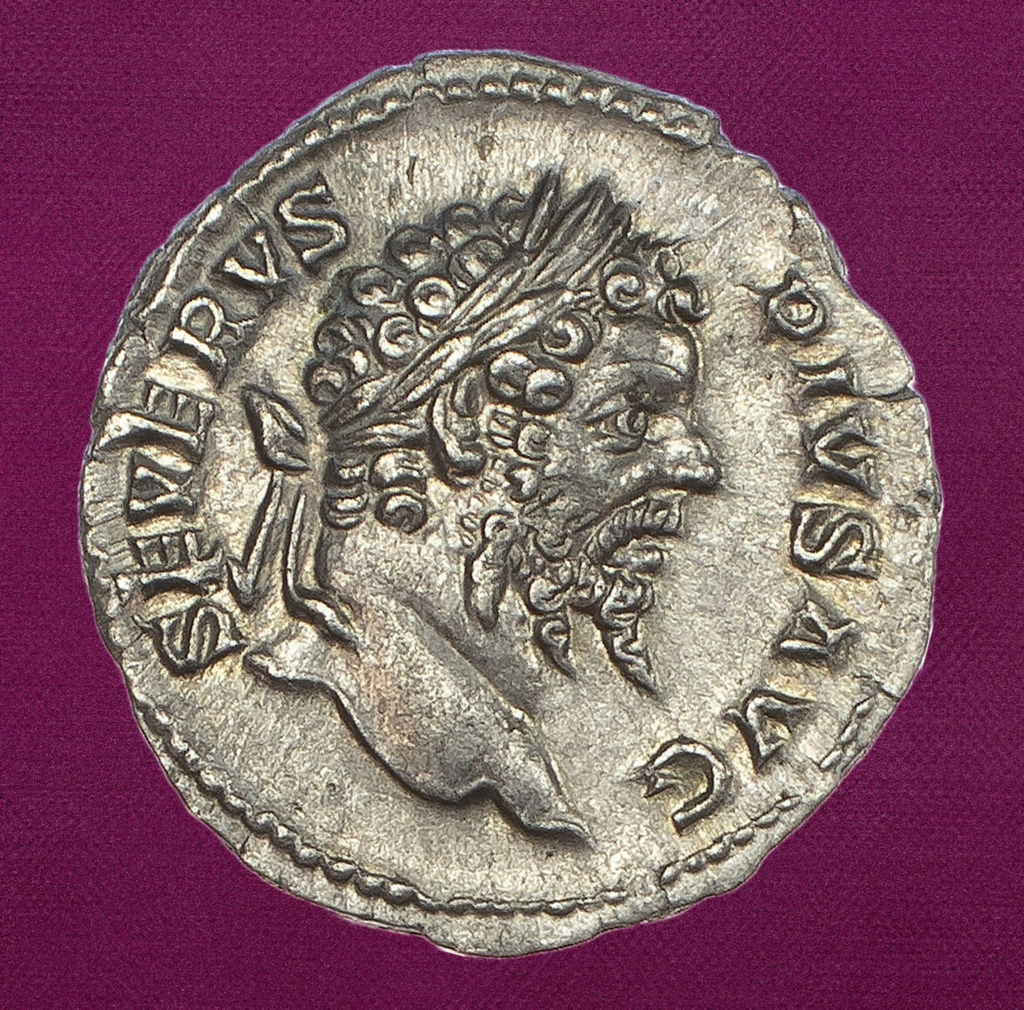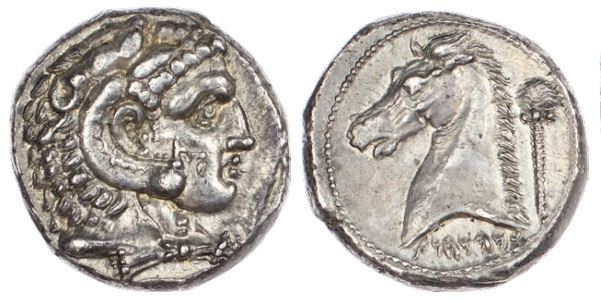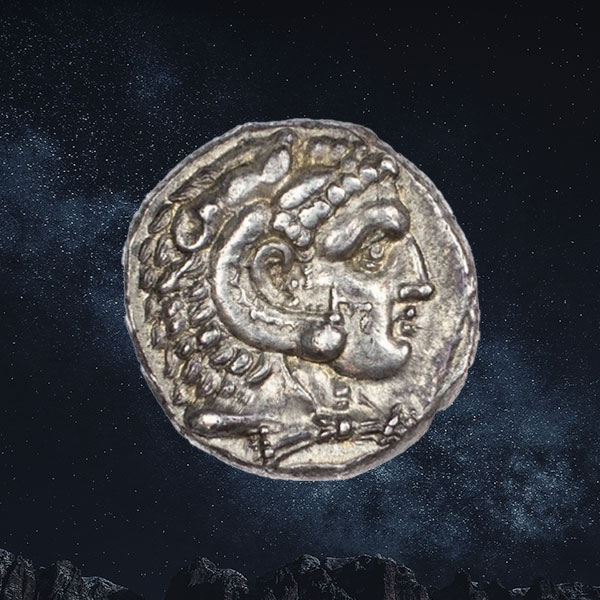London, UK – A.H.Baldwin’s conducted their inaugural E-Sale on March 21st, 2023, showcasing a collection of Chinese cash coins that spans over 2,000 years of history.
This particular assortment was sourced from the eminent British diplomat, Sir William Ehrman. The auction boasted an impressive 96% sales rate, exceeding the low estimate with robust prices throughout. Bidding wars persisted until the last moment, demonstrating significant collector interest in these rare items.
This is one of the most comprehensive collections of Chinese cash coins to hit the market, encompassing the Warring States period to the Republic of China.
A standout from the Warring States period, the Zhou Dynasty’s Lin cash coin (lot 5), fetched £2,600. Lot 21 featured a captivating key segment inlaid with gold from the era of Wang Mang, which sold for £850. Lot 35 presented an exceedingly rare item, the Former Liang, Liang Zao Xin Quan cash coin, which sold for £2,500.
The most exceptional lot of the sale was lot 40, which contained a selection of small Song Dynasty coins (namely Jing He, Yong Guang, and Liang Zhu) that were issued by Emperor Fei and seldom seen in markets across the world. This lot achieved an impressive £4,500.
Tang Dynasty Rebels, Yuan Rebels, and Taiping Rebellion cash coins also fetched strong prices. Lastly, lot 113, a rare Qing coin of Abahai, sold for £3,000.
A.H. Baldwin has a long history of offering exceptional coins and other collectibles to its clients, and this auction was no exception. The company’s team of experts worked tirelessly to curate a collection of coins that were not only rare and valuable but also historically significant.
We would like to thank everyone who participated in the auction, and we look forward to bringing you more rare and valuable coins in our future auctions.
For more information about the auction, including a full list of the lots offered and their prices, please visit A.H. Baldwin’s website at www.baldwin.co.uk.
About A.H. Baldwin
Founded in 1872, A.H. Baldwin is one of the oldest and most respected numismatic firms in the world. The company offers a wide range of rare coins, medals, and other collectibles, as well as expert appraisal and auction services. With a reputation for excellence and a commitment to customer satisfaction, A.H. Baldwin has become a trusted partner for collectors and enthusiasts around the world.
Based at 399 Strand in London, A.H. Baldwin continues to be a leader in the world of numismatics, offering a wide range of rare coins, medals, and other collectibles. The company’s team of experts include some well know TV personalities, like Mark Smith a regular Medal Specialist on BBC Antiques Roadshow and Dominic Chorney who collaborates frequently with the BBC, including other of the most knowledgeable and experienced professionals in the field. Their commitment to excellence and customer satisfaction is a hallmark of the A.H. Baldwin brand.
Throughout its long and storied history, A.H. Baldwin has remained true to its founding principles, providing collectors and enthusiasts with exceptional coins and collectibles. The company’s commitment to quality and service has earned it a reputation as one of the most respected and trusted names in the world of numismatics, and it continues to be a leading force in the industry today.
—END
Contact details:
Tel: +44 (0)20 7930 6879
coins@baldwin.co.uk
A. H. Baldwin & Sons Ltd, 399 Strand, London, WC2R 0LX






